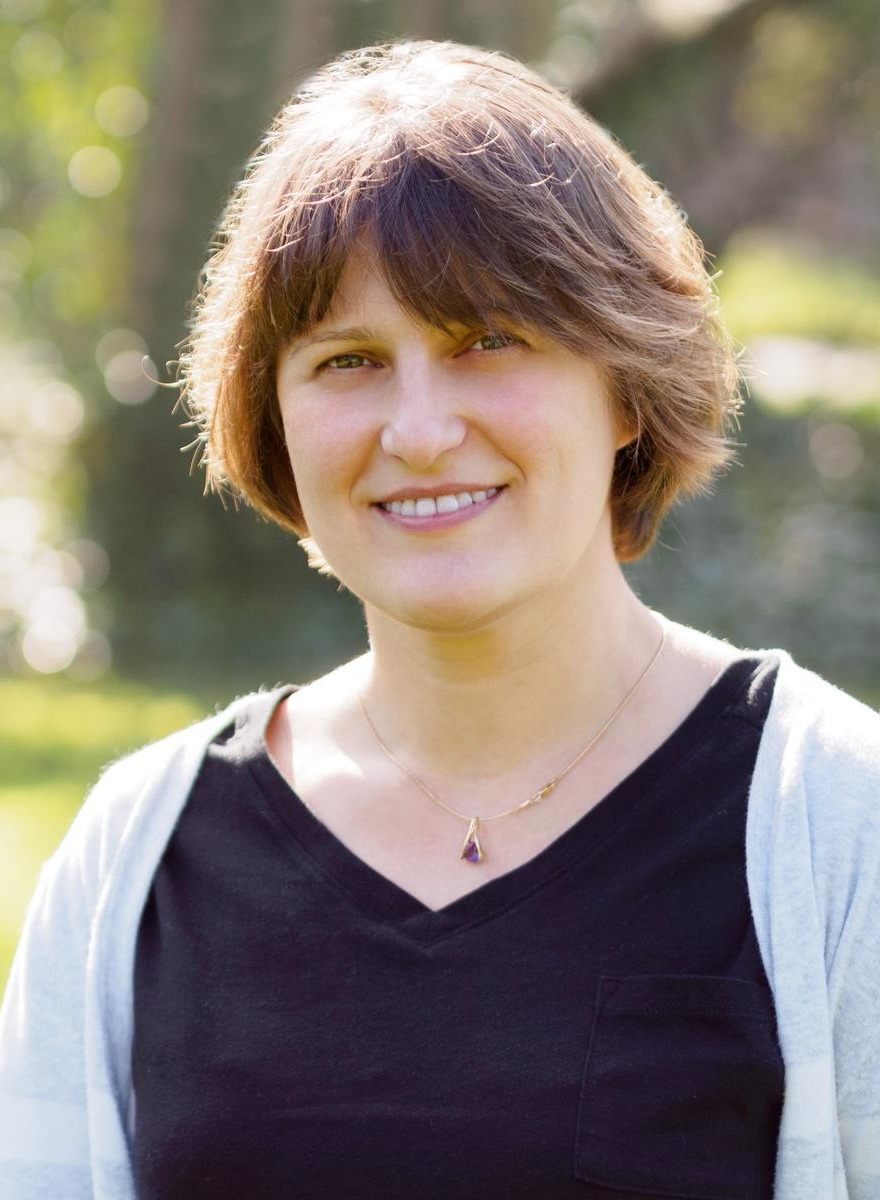Unconventional Lipid Signaling: From Reproductive Tissues to the Whole Organism
Polina V. Lishko, Ph.D. is an Associate Professor in the Molecular and Cell Biology Department at the University of California, Berkeley. She received a Ph.D. in Biophysics from the Bogomoletz Institute of Physiology of the National Academy of Sciences of Ukraine in 2000, where she worked on the regulation of ion channels in neurons. She did her postdoctoral fellowship at Harvard Medical School, and later at Harvard University working on molecular mechanisms of phototransduction in the mammalian retina initially, while later she studied structure-function relation of TRPV channels. From 2006 to 2011, Dr. Lishko was an instructor at the University of California, San Francisco, where she studied the regulation of sperm physiology by ion channels.
In 2012, she joined the faculty of the University of California, Berkeley, where her team is exploring the pathways of steroid signaling by focusing on how various bioactive lipids regulate sperm physiology and human fertility. In addition to being a Pew Scholar and a Sloan Fellow, Professor Lishko has received both the Margaret Oakley Dayhoff Award in Biophysics and the Matthew P. Hardy Young Andrologist award from American Society of Andrology.
Professor Polina V. Lishko studies the cellular mechanisms that make fertilization possible: an event that leads to an appearance of new life. Progesterone, a hormone produced by the cells that surround an egg, attracts sperm to their target and activates them once they arrive. In the nervous system, progesterone can elevate the pain threshold and exerts analgesic action. Using a technique that she perfected while at UCSF, she determined that progesterone promotes the entry of calcium through channels in the sperm cell membrane– an event so central for fertilization that men lacking these channels are infertile.
Currently, her research team is exploring the pathways of progesterone signaling, an unconventional mechanism that adjusts pain thresholds in the nervous system, as well as regulates sperm activation and egg maturation in the reproductive tissues. By combining biophysics, biochemistry and cell biology approaches, they will identify how progesterone binds to its targets and determine how this molecular coupling ultimately regulates the crucial calcium channels in sperm and pain sensing neurons. These findings could lead to the development of new diagnostics or treatments for male infertility, could help develop safe male contraceptives, as well as devise novel strategies to manage pain.

Polina Lishko
Courses taught:
- MCB 136 – Physiology (Fall)
- MCB 133L – Physiology and Cell Biology (Spring)


